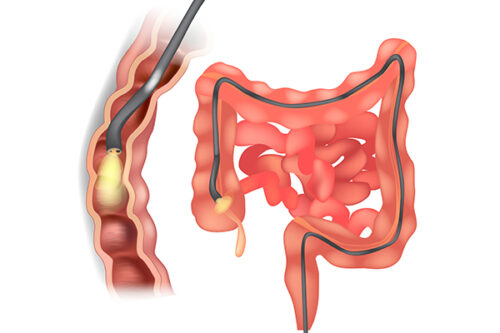New Guidelines for Treating High Blood Pressure
Updated December 19, 2013
[frame src=”https://www.drmcdougall.com/wp/wp-content/uploads/blood-pressure.jpg” width=”IMAGE_WIDTH” height=”IMAGE_HEIGHT” lightbox=”off” title=”New Guidelines for Treating High Blood Pressure” align=”right” ]
New guidelines for treating high blood pressure were released today (Dec. 18, 2013). They can be found in an online article free from the Journal of the American Medical Association.
In general, they encourage less aggressive treatment of this condition with medications than has been followed in the past by medical doctors.
These new guidelines are more in line with the my practice. See “How I Treat Elevated Blood Pressure.”
1) I do not start medications to lower blood pressure for most patients unless their blood pressure is elevated to 160/100 mmHg or greater for long periods of time (months).
2) When medications are indicated, then my goal is to lower the blood pressure to about 150/90 mmHg, but not lower than 140/90 mmHg. Over-treatment results in an increase in the risk of heart attacks and strokes.
3) When medications are indicated, then I use first a simple inexpensive diuretic called Chlorthalidone.
4) However, the most important treatment for a person with elevated blood pressure is to change their diet. The diet I recommend is based on starches (rice, corn, potatoes, beans, etc.) with fruits and vegetables. The diet is also inherently low in sodium and high in potassium. More severe restriction of sodium (say to 500 mg/day) can have a profound effect on lowering blood pressure for the few people who cannot achieve their goals with the basic McDougall Diet. Exercise and loss of excess body weight also provide benefits.
The details of this approach are found at https://www.drmcdougall.com/health/education/free-mcdougall-program.
John McDougall, MD
Recommended Articles

The Dangers of Aggressively Treating High Blood Pressure

Securing Respectful Medical Care







